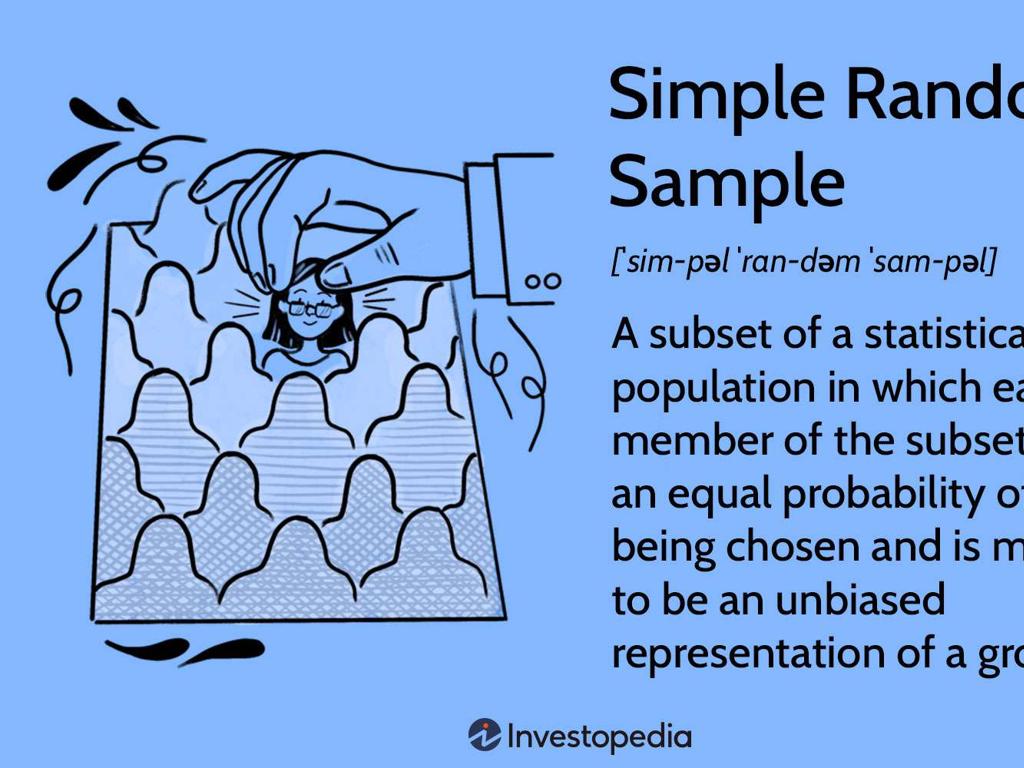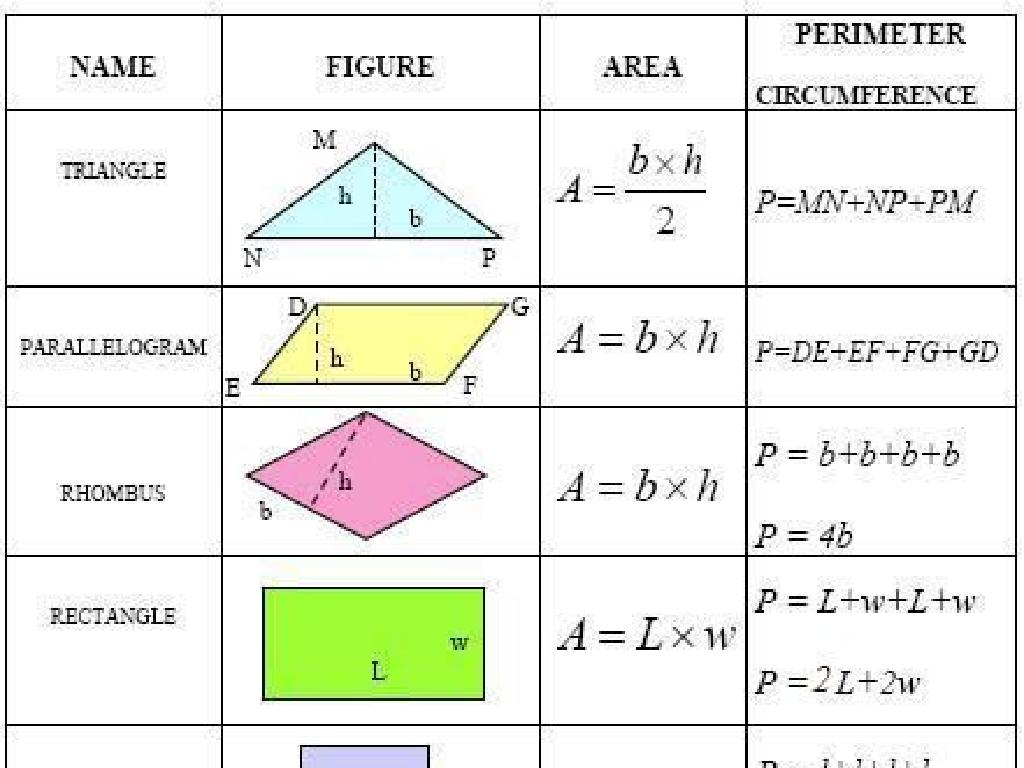Write Equations For Proportional Relationships From Graphs
Subject: Math
Grade: Eighth grade
Topic: Proportional Relationships
Please LOG IN to download the presentation. Access is available to registered users only.
View More Content
Writing Equations for Proportional Relationships
– Define proportional relationships
– A relationship where two quantities increase at the same rate.
– Proportionality in real life
– Examples: recipes, currency exchange, and speed.
– Today’s goal: Equations from graphs
– Learn to express the relationship of variables in an equation form.
– Graphs represent constant ratios
– The slope of the line in a graph shows a constant rate of change.
|
Begin with a clear definition of proportional relationships, emphasizing the concept of constant rates. Provide relatable examples such as recipes (doubling ingredients for more servings), currency exchange rates, and calculating speed (distance over time). The main objective is to teach students how to write equations that represent proportional relationships depicted in graphs. Highlight that the slope of a straight line on a graph indicates a proportional relationship between variables. Encourage students to practice by identifying the constant ratio and translating that into an equation, reinforcing their understanding of slope as the rate of change.
Understanding Proportional Relationships
– Define proportional relationship
– A relationship where two quantities increase at the same rate.
– Explore constant of proportionality (k)
– ‘k’ represents the rate of increase, consistent across the relationship.
– Learn the model y = kx
– This equation represents a direct proportion between y and x.
– Graphing proportional relationships
– Use y = kx to plot points and see the straight line through the origin.
|
This slide introduces the concept of proportional relationships in mathematics, which is a foundational topic for understanding algebra and functions. Begin by defining a proportional relationship as one where two quantities increase or decrease at the same rate. Introduce the constant of proportionality, ‘k’, which is the consistent rate or ratio in this relationship. Explain the basic model y = kx, where ‘y’ varies directly as ‘x’. Emphasize that in a graph of a proportional relationship, the line will always pass through the origin (0,0) and that ‘k’ is the slope of the line. Provide examples and encourage students to come up with their own examples of proportional relationships from real life. This will set the stage for learning how to write equations from graphs and understanding the significance of the constant of proportionality in those equations.
Graphing Proportional Relationships
– Criteria for proportionality in graphs
– A graph shows proportionality if it has specific characteristics.
– Origin point significance
– If a graph passes through the origin (0,0), it suggests a proportional relationship.
– Constant slope as a key indicator
– A straight line with a constant slope indicates a consistent rate of change.
– Graph interpretation practice
|
This slide aims to help students identify proportional relationships by analyzing graphs. Emphasize that a proportional relationship graph is a straight line that passes through the origin, which means when one variable is zero, so is the other. The constant slope or rate of change is another crucial indicator; it means that for any given point on the line, the ratio between the two variables remains the same. Provide students with graph examples and ask them to determine if the relationships shown are proportional by checking these criteria. Encourage them to practice by sketching their own graphs that represent proportional relationships.
Graphs to Equations: Proportional Relationships
– Find the constant of proportionality (k)
– k is the ratio y/x for any point (x, y) on the line
– Use k to write the equation y = kx
– Once k is known, use it in y = kx to represent the relationship
– Explore examples with various k values
– Example: If k=3, the equation is y = 3x
– Graphs translate to equations
– Understanding how different graphs represent different proportional relationships
|
This slide introduces the process of writing equations for proportional relationships from graphs. Start by explaining the constant of proportionality (k), which is the consistent ratio between two quantities y and x. Show how to calculate k by choosing any point on the graph and dividing the y-coordinate by the x-coordinate. Once k is determined, students can write the equation in the form y = kx, which describes the proportional relationship. Provide examples with different values of k to illustrate how this affects the slope of the line and the nature of the relationship. Emphasize the connection between the graph of a proportional relationship and its corresponding equation. Encourage students to practice with various graphs to solidify their understanding.
Graphing Proportional Relationships
– Identify the constant of proportionality
– The constant rate at which y increases as x increases
– Write the equation from the graph
– Use the formula y = kx, where k is the constant of proportionality
– Discuss our approaches
– Share different methods for finding k and writing equations
– Apply knowledge to practice problems
|
This slide is aimed at reinforcing the concept of proportional relationships through graph analysis. Students will practice identifying the constant of proportionality (k) by observing how y changes with respect to x. They will then write the equation representing the proportional relationship using the formula y = kx. Encourage a class discussion to explore various strategies students used to determine k. This will help them understand there can be multiple approaches to a problem. Conclude with practice problems where students can apply what they’ve learned. Provide guidance and support as needed, and ensure to clarify any misconceptions during the discussion.
Group Activity: Graphs to Equations
– Break into small groups
– Each group gets a unique graph
– Write the equation from the graph
– Use the formula y = kx, where k is the constant of proportionality
– Discuss findings with the class
– Share how you derived the equation
|
This group activity is designed to encourage collaborative learning and application of knowledge on proportional relationships. Divide the class into small groups and provide each group with a different graph depicting a proportional relationship. Students will use the graph to write the equation representing the relationship, applying the concept that in a proportional relationship, the ratio between the two variables is constant. The equation should be in the form of y = kx, where k is the constant of proportionality. After the activity, each group will discuss their findings and the process they used to derive the equation with the rest of the class. This will help reinforce their understanding and allow them to learn from each other’s approaches. Provide guidance on how to determine the constant of proportionality from a graph and remind them to check their work by ensuring the equation fits all points on the graph.
Sharing Our Findings: Proportional Relationships
– Groups present their equations
– Discuss various solution methods
– Did some use tables or just the graph slope?
– Review common challenges faced
– Were there issues with interpreting the graph scale?
– Reflect on learning outcomes
– How has this activity enhanced our understanding of proportionality?
|
This slide is meant for a collaborative class discussion where students will present the equations they’ve derived from graphs representing proportional relationships. Encourage each group to explain their method, whether they used a table of values or the slope-intercept form directly from the graph. Facilitate a discussion on the different approaches and address any challenges that were common among the students, such as difficulties with graph interpretation or scale. Conclude by summarizing the key takeaways and reinforcing the concept of proportionality in equations. This will help students to see the variety of methods that can be used and understand that different approaches can lead to the same result. It’s also an opportunity to highlight the importance of clear graphing and accurate interpretation of data.
Class Activity: Crafting Proportional Graphs
– Create your own proportional graph
– Calculate the graph’s equation
– Use the formula y = kx to determine the equation
– Present your graph and equation
– Discuss findings with classmates
– Explain how you derived the equation from your graph
|
This activity is designed to reinforce students’ understanding of proportional relationships by having them create and analyze their own graphs. Provide students with graph paper and guide them to plot points that form a straight line through the origin, demonstrating a proportional relationship. Once they’ve created their graphs, instruct them to use the formula y = kx, where k is the constant of proportionality, to write the equation that represents their graph. Afterward, students will share their graphs with the class and explain how they determined the equation. Encourage students to discuss how different graphs can represent different proportional relationships and the real-world implications of these concepts. Possible variations for student activities include creating graphs based on real-life data, comparing graphs with different constants of proportionality, or exploring graphs that do not pass through the origin to contrast non-proportional relationships.
Conclusion & Homework: Proportional Relationships
– Recap: Writing equations from graphs
– Mastery of this skill is crucial
Understanding this concept is vital for solving real-world problems.
– Homework: Real-life proportional examples
Identify examples like speed/distance, recipe conversions.
– Write equations for your examples
Use the formula y = kx to represent your findings.
|
As we conclude, remember that being able to write equations from graphs of proportional relationships is a key skill in math and in understanding the world around us. It allows us to make predictions and solve problems efficiently. For homework, students should find examples of proportional relationships in their daily lives, such as the relationship between the amount of ingredients in a recipe and the number of servings, or the distance traveled over a certain time at constant speed. They should then write the equations representing these relationships using the formula y = kx, where k is the constant of proportionality. This exercise will reinforce their understanding and application of the concept. In the next class, we will review these real-life examples to ensure comprehension and correct application of the skill.






